Observation and control of spin-forbidden dark excitons is demonstrated in a hybrid heterostructure of WSe2 monolayers and plasmonic nanocavities.
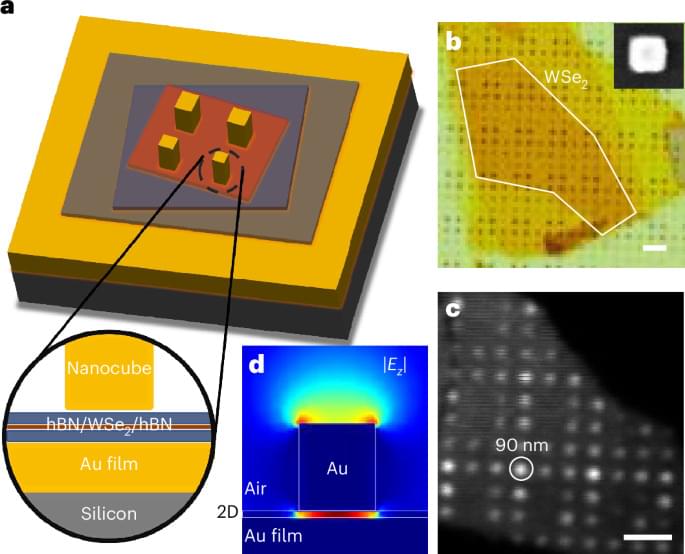


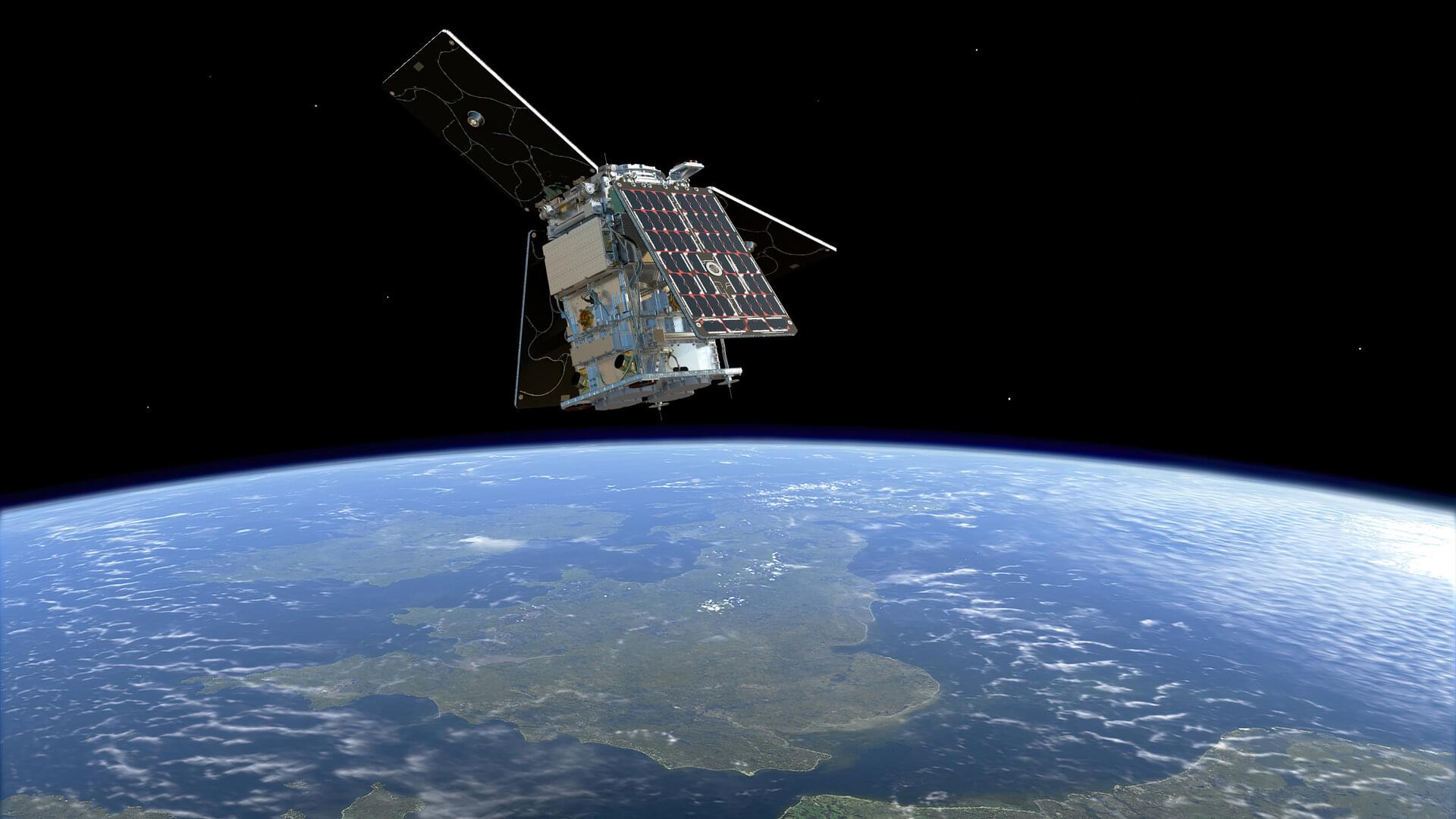
The European Space Agency’s HydroGNSS, a twin-satellite mission to gather data on Earth’s water cycle, is scheduled to launch on 19 November at 19:18 CET (10:18 Pacific Time). Live coverage of the launch will be shown on ESA Web TV.
The live coverage will start at 19:01 CET (10:01 Pacific Time). Launch is from the Vandenberg Space Force Base with SpaceX on Falcon 9.
Please note: launch times are subject to change at short notice. This page will be updated as soon as information becomes available, so please check back or bookmark the article.
By: Alastair Waterman https://www.facebook.com/share/p/1N1TBvEKuF/
Why does red feel exactly like red, green exactly like green, and why can these two experiences never, ever swap places?
Most current theories of consciousness have no real answer. They explain how the brain detects wavelength, but not why one neural pattern feels “red” and its literal opponent feels “green”
Refusal-Driven Dimensionality Reduction Theory (RDRT) offers the first direct mechanism.
Colour vision is opponent at every level: red and green are mutually exclusive from retina → LGN → V1 → V4 → inferotemporal cortex.
This hard-wired mutual exclusion is a multi-level structural refusal.
The claim: The specific feeling of redness is not the spikes that are transmitted.
It is the precise, reproducible shape of what is refused transmission — a stable ~55–65-event “hole” carved into each gamma cycle in the anterior cingulate cortex and self-monitoring networks.
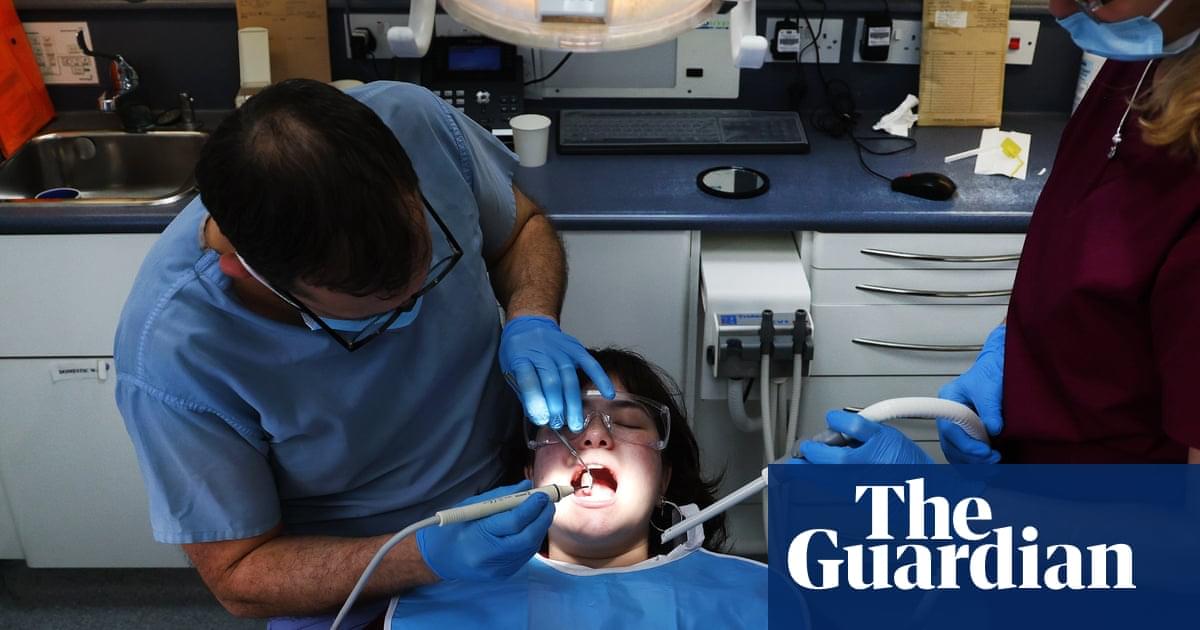
“Our oral health is connected to our general health,” said Dr Sadia Niazi, a senior clinical lecturer in endodontology at King’s College London. “We should never look at our teeth or dental disease as a separate entity.”
Root canal treatment is one of the most common – and perhaps most feared – dental procedures, though much of the anxiety derives from myths and misconceptions that hark back to the days of poor anaesthetics. The treatment is performed to treat infection or damage to the tooth’s pulp, the soft inner tissue of a tooth that contains nerves, blood vessels and connective tissue.
Read More
If a looming root canal treatment is putting a dampener on the week, take heart: having the procedure can drive health benefits that are felt throughout the body, according to research.
Patients who were successfully treated for root canal infections saw their blood sugar levels fall significantly over two years, suggesting that ridding the body of the problematic bacteria could help protect against type 2 diabetes.
Dentists also saw improvements in patients’ blood cholesterol and fatty acid levels, both of which are associated with heart health. Yet more benefits were seen around inflammation, a driver for cardiovascular disease and other chronic conditions.

Not only can the drug metformin help to effectively manage type 2 diabetes, but it may also give older women a better chance of living to the grand old age of 90, according to recent research – thanks, it seems, to a variety of anti-aging effects.
Scientists in the US and Germany used data from a long-term US study of postmenopausal women. Records on a total of 438 people were picked out – half of whom took metformin to treat diabetes, and half who took a different diabetes drug, called sulfonylurea.
While there are some caveats and asterisks to the study, those in the metformin group were calculated to have a 30 percent lower risk of dying before the age of 90 than those in the sulfonylurea group.
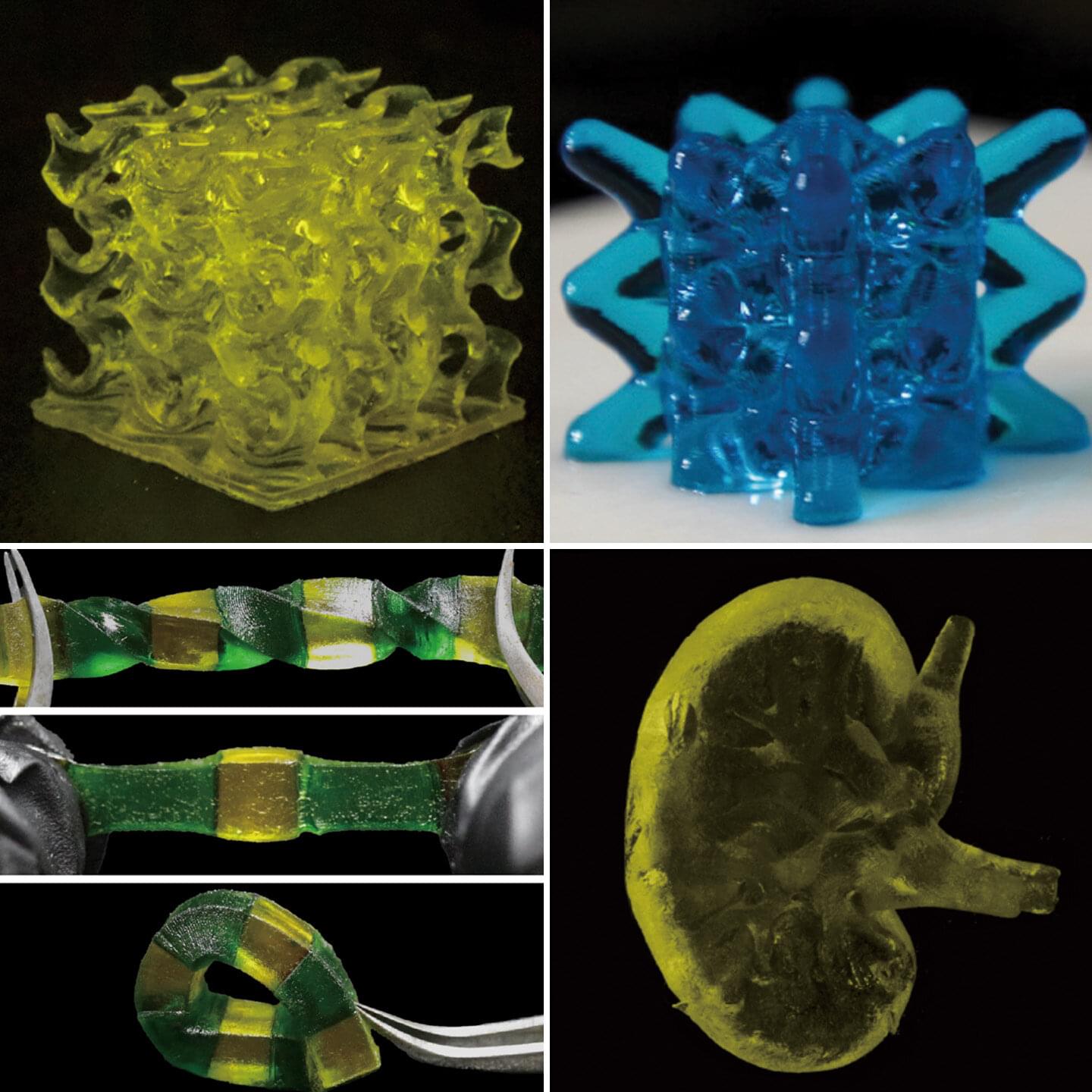
A new type of 3D-printable material that gets along with the body’s immune system, pioneered by a University of Virginia research team, could lead to safer medical technology for organ transplants and drug delivery systems. It could also improve battery technologies.
The breakthrough is the subject of a new article published in the journal Advanced Materials, based on work done by the University of Virginia’s Soft Biomatter Laboratory, led by Liheng Cai, an associate professor of materials science and engineering and chemical engineering. The paper’s first author is Baiqiang Huang, a Ph.D. student in the School of Engineering and Applied Science.
Their research shows a way to change the properties of polyethylene glycol to make stretchable networks. PEG, as it’s known, is a material already used in many biomedical technologies such as tissue engineering, but the way PEG networks are currently produced—created in water by crosslinking linear PEG polymers, with the water removed afterward—leaves a brittle, crystallized structure that can’t stretch without losing its integrity.
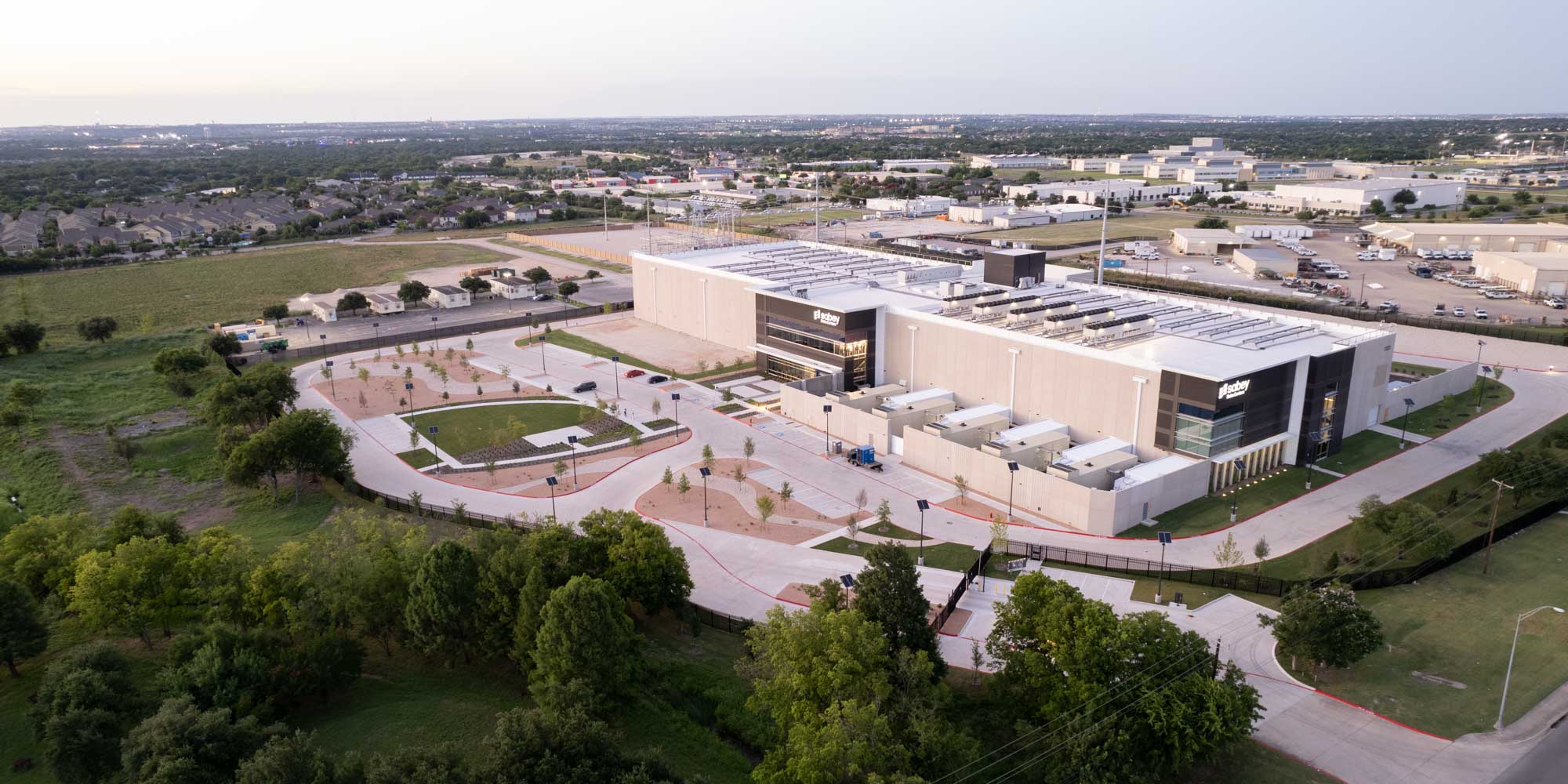
Amid the private sector’s race to lead artificial intelligence innovation, The University of Texas at Austin has strengthened its lead in academic computing power and dominance in computing power for public, open-source AI. UT has acquired high-performance Dell PowerEdge servers and NVIDIA AI infrastructure powered by more than 4,000 NVIDIA Blackwell architecture graphic processing units (GPUs), the most powerful GPUs in production to date.
The new infrastructure is a game-changer for the University, expanding its research and development capabilities in agentic and generative AI while opening the door to more society-changing discoveries that support America’s technological dominance. The NVIDIA GB200 systems and NVIDIA Vera CPU servers will be installed as part of Horizon, the largest academic supercomputer in the nation, which goes online next year at UT’s Texas Advanced Computing Center (TACC). The National Science Foundation (NSF) is funding Horizon through its Leadership Class Computing Facility program to revolutionize U.S. computational research.
UT has the most AI computing power in academia. In total, the University has amassed more than 5,000 advanced NVIDIA GPUs across its academic and research facilities. The University has the computing power to produce open-source large language models — which power most modern AI applications — that rival any other public institution. Open-source computing is nonproprietary and serves as the backbone for publicly driven research. Unlike private sector models, it can be fine-tuned to support research in the public interest, producing discoveries that offer profound benefits to society in such areas as health care, drug development, materials and national security.
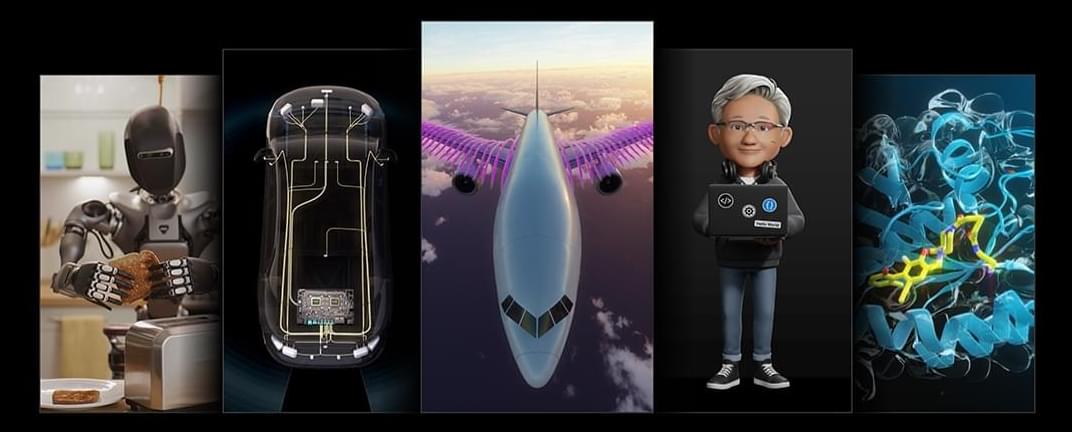
NVIDIA Apollo will provide pretrained checkpoints and reference workflows for training, inference and benchmarking, allowing developers to integrate and customize the models for their specific needs.
Industry Leaders Tap Into NVIDIA AI Physics
Applied Materials, Cadence, LAM Research Corp., Luminary Cloud, KLA, PhysicsX, Rescale, Siemens and Synopsys are among the industry leaders that intend to train, fine-tune and deploy their AI technologies using the new open models. These companies are already using NVIDIA AI models and infrastructure to bolster their applications.
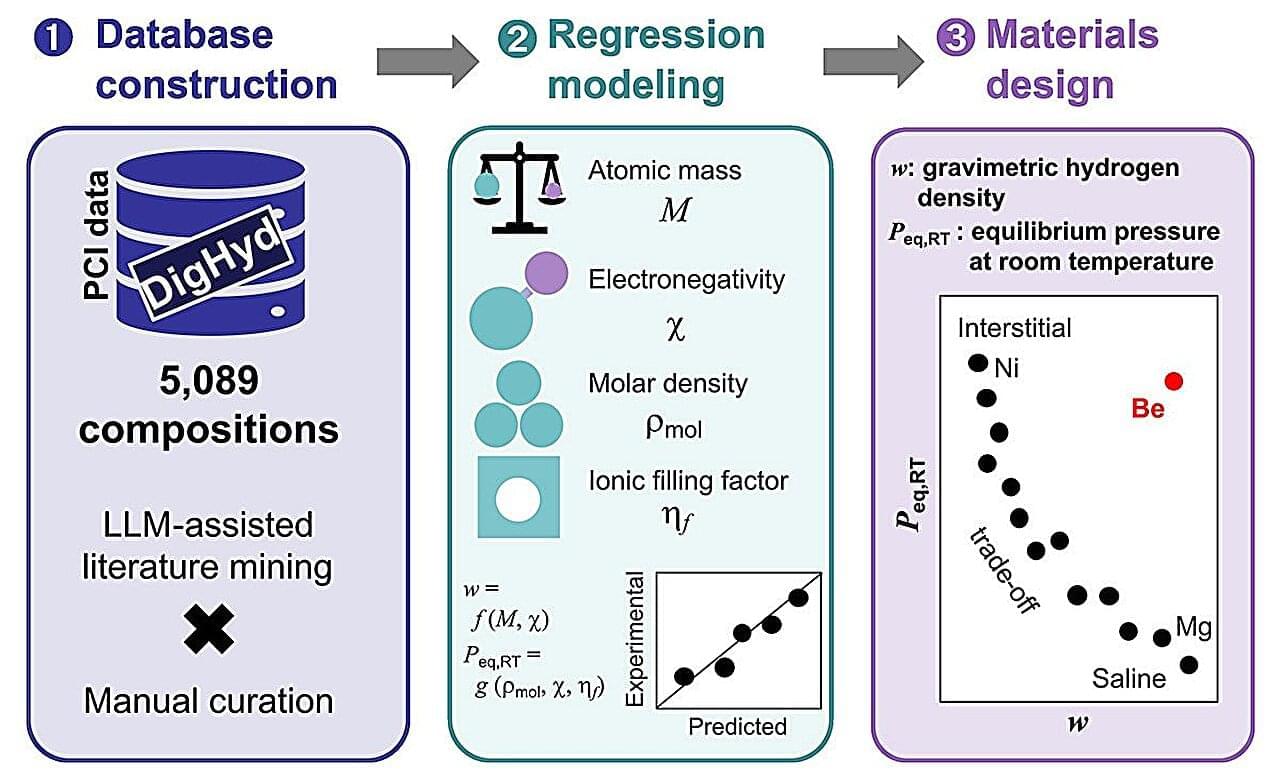
Hydrogen fuels represent a clean energy option, but a major hurdle in making its use more mainstream is efficient storage. Hydrogen storage requires either extremely high-pressure tanks or extremely cold temperatures, which means that storage alone consumes a lot of energy. This is why metal hydrides, which can store hydrogen more efficiently, are such a promising option.
To help accurately predict performance metrics of hydrogen storage materials, researchers at Tohoku University used a newly established data infrastructure: the Digital Hydrogen Platform (DigHyd). DigHyd integrates more than 5,000 meticulously curated experimental records from the literature, supported by an AI language model. The work is published in the journal Chemical Science.
Leveraging this extensive database, researchers systematically explored physically interpretable models and found that fundamental atomic features— atomic mass, electronegativity, molar density, and ionic filling factor—emerge as key descriptors. Other researchers can use this as a tool for guiding their materials design process, without having to go through a lengthy trial-and-error process in the lab to search for potential candidates.